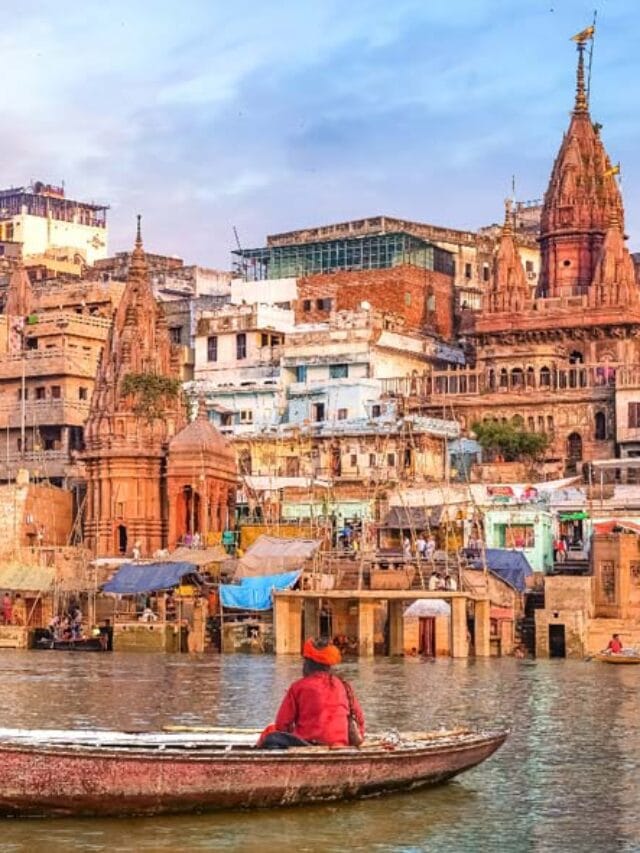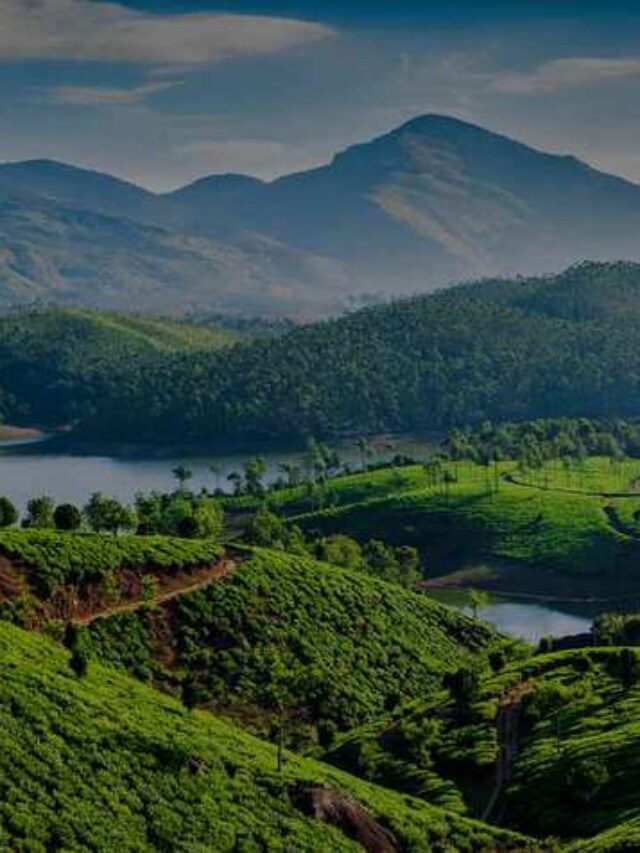
Gupta Art, Architecture a cornerstone of ancient Indian cultural heritage, flourished during the Gupta Empire (4th to 6th century CE). Renowned for its exemplary sculptures, intricate carvings, and innovative structural designs, Gupta art reflects the cultural and aesthetic brilliance of the era. The Gupta period witnessed the creation of iconic temples, stupas, and sculptures that continue to captivate art enthusiasts and historians alike.
MCQs with Answers and Explanations:
1. During the Gupta period, what did the term ‘sarthavaha’ refer to?
- Settled merchants
- Caravan traders
- Liquor traders
- None of the above
Show Answer
Correct Answer: Caravan traders
During the Gupta period, ‘sarthavaha’ referred to caravan traders who played a vital role in the trade network. These traders traveled extensively to various regions to sell their merchandise. They were known for selling their goods at significantly higher prices in different markets, contributing to the flow of goods and commerce during the Gupta era.
2. During the Gupta period, the minting of silver coins was first started in the reign of which Gupta king?
- Chandragupta I
- Chandragupta II
- Kumaragupta I
- Skandagupta
Show Answer
Correct Answer: Chandragupta II
The Gupta emperor Chandragupta II initiated the practice of minting silver coins during his reign. His successors, including Kumaragupta I and Skandagupta, continued this practice, demonstrating the importance of silver as a medium of exchange during the Gupta era.
3. Which among the following is considered to be the official law book of the Guptas?
- Manusmriti
- Parashara Smriti
- Yajnavalkya Smriti
- Vyasa Smriti
Show Answer
Correct Answer: Yajnavalkya Smriti
The Yajnavalkya Smriti, an ancient Indian legal text, is considered one of the prominent sources of legal principles during the Gupta period. It provided a framework for governance and legal practices in the Gupta Empire.
4. Which of the following kings is glorified in the Bhitari pillar inscription?
- Chandragupta – I
- Samudragupta
- Chandragupta II
- Skandagupta
Show Answer
Correct Answer: Skandagupta
The Bhitari pillar inscription, dating to the reign of Gupta ruler Skandagupta, glorifies his achievements, highlighting his conquests and benevolence toward the conquered people. This inscription serves as an important historical record of the Gupta era.
5. The University of Nalanda was set up by which Gupta ruler?
- Kumargupta I
- Chandragupta II
- Samudragupta
- Kumargupta II
Show Answer
Correct Answer: Kumargupta I
The University of Nalanda, renowned for its excellence in education, was established during the reign of the Gupta emperor Kumargupta I in the 5th century. Nalanda University became a center of learning that attracted scholars from various parts of the world.
6. Which among the following is known as the earliest example of the Panchayatana style of the temple?
- Dashavatara temple at Deogarh
- Temple at Pathari
- Shatrughneshwara temple at Bhubaneshwar
- Lakshmana temple at Sirpur
Show Answer
Correct Answer: Dashavatara temple at Deogarh
The Dashavatara Temple, also known as the Gupta Temple, located at Deogarh, is considered one of the earliest examples of the Panchayatana style of temple in North India. This temple, built during the Gupta period, reflects the architectural and artistic advancements of the time.
7. At which of the following places has a life-sized bronze image of the Buddha been discovered?
- Gwalior
- Ujjain
- Sultanganj
- Topra
Show Answer
Correct Answer: Sultanganj
A life-sized bronze image of the Buddha belonging to the Mathura school of art was discovered in Sultanganj, Bihar, during the Gupta period. This artwork exemplifies the mastery of bronze casting and artistic expression during that era.
8. At which of the following places are the “The Bagh” cave paintings located?
- Ujjain
- Mathura
- Gwalior
- Sultanganj
Show Answer
Correct Answer: Gwalior
The Bagh cave paintings, located near Gwalior, represent a form of Buddhist art from the Gupta period. While they are simpler and plainer compared to the famous Ajanta cave paintings, they are valuable in preserving the artistic and religious expressions of the time.
9. Which period marks the beginning of Indian temple architecture?
- Kushana period
- Gupta period
- Mauryan period
- Vedic period
Show Answer
Correct Answer: Gupta period
The Gupta period marked the beginning of temple architecture in India. Concrete structures in the form of temples were first constructed in northern India during this period. This architectural innovation laid the foundation for the development of temple architecture in the subsequent centuries.
10. In which architectural style were the temples in northern India made during the Gupta period?
- Dravida
- Nagara
- Vesara
- Mandapa
Show Answer
Correct Answer: Nagara
During the Gupta period, temples in northern India were indeed constructed in the Nagara architectural style. This architectural style is characterized by the use of square-shaped temples with flat roofs. The Nagara style of temple architecture is known for its verticality and the presence of multiple intricate spires or shikharas.
Gupta Art, Architecture Notes for UPSC Exam








Leave a Reply